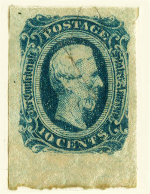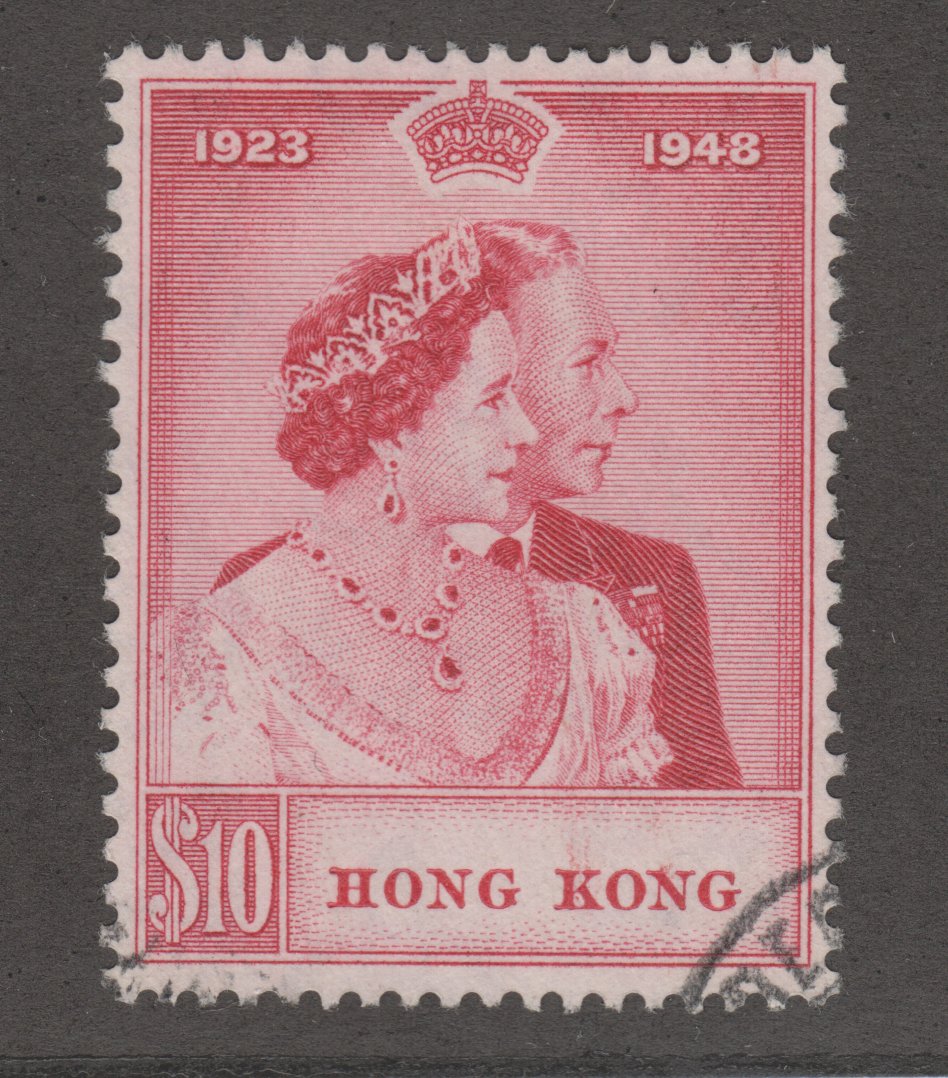
Discussion - Member to Member Sales - Research Center

Discussion - Member to Member Sales - Research Center

The specimen seen on the bottom right is what a collector will receive if they buy the scarce pre-decimal specimen set, the entire set mint unhinged is worth nearly $900, the £2 King is worth nearly $250 in mint unhinged condition, the very scarce near central position specimen is worth nearly $500, nearly three quarters of the entire value of the specimen set.


Also, size matters too; the decimal Navigators have two imprint sizes with the 75c Cook and $1 Flinders stamps, the smaller being the scarcest – The scarce stamps are those on the left. Left stamp, size (width) is 15 mm (14.75 mm). On the right, normal size (width) is 15.5 mm.

Here is a full set of 1964 Papua & New Guinea Birds of Paradise, all superb mint unhinged; without the specimen it is still a very attractive set, with the 10/- specimen added, not only does it give the set more appeal; in this case it now has a new status – scarce.

A complete 1963 Papua & New Guinea set featuring the £1 stamps and the 10/- Rabaul stamps are a very good example of smaller imprints being scarce (13.75 mm). The scarce stamps - 10/- specimen on the top right and £1 specimen bottom right.

Not all Specimens are scarce; many are worth far less than their non-specimen counterpart; all Australian specimens after 1966 do not have much value to them but they are still an integral part of a collection if a true set is required.
There are many collectors who view that the stamp had been made useless because of the “specimen†imprint, but that is not true; the more common specimen may not match up with their pre-decimal or early decimal cousins but they are still an official stamp and deserve a place amongst the collection.

Login to Like
this post

The slight difference in the placing of the specimen imprints or even the slightest increase or decrease in width of the word “specimen†can make a major difference. A good example is the 1963 £2 Admiral King of the Navigator series.
The specimen seen on the bottom right is what a collector will receive if they buy the scarce pre-decimal specimen set, the entire set mint unhinged is worth nearly $900, the £2 King is worth nearly $250 in mint unhinged condition, the very scarce near central position specimen is worth nearly $500, nearly three quarters of the entire value of the specimen set.


Also, size matters too; the decimal Navigators have two imprint sizes with the 75c Cook and $1 Flinders stamps, the smaller being the scarcest – The scarce stamps are those on the left. Left stamp, size (width) is 15 mm (14.75 mm). On the right, normal size (width) is 15.5 mm.

Here is a full set of 1964 Papua & New Guinea Birds of Paradise, all superb mint unhinged; without the specimen it is still a very attractive set, with the 10/- specimen added, not only does it give the set more appeal; in this case it now has a new status – scarce.

A complete 1963 Papua & New Guinea set featuring the £1 stamps and the 10/- Rabaul stamps are a very good example of smaller imprints being scarce (13.75 mm). The scarce stamps - 10/- specimen on the top right and £1 specimen bottom right.

Not all Specimens are scarce; many are worth far less than their non-specimen counterpart; all Australian specimens after 1966 do not have much value to them but they are still an integral part of a collection if a true set is required.
There are many collectors who view that the stamp had been made useless because of the “specimen†imprint, but that is not true; the more common specimen may not match up with their pre-decimal or early decimal cousins but they are still an official stamp and deserve a place amongst the collection.

Login to Like
this post

